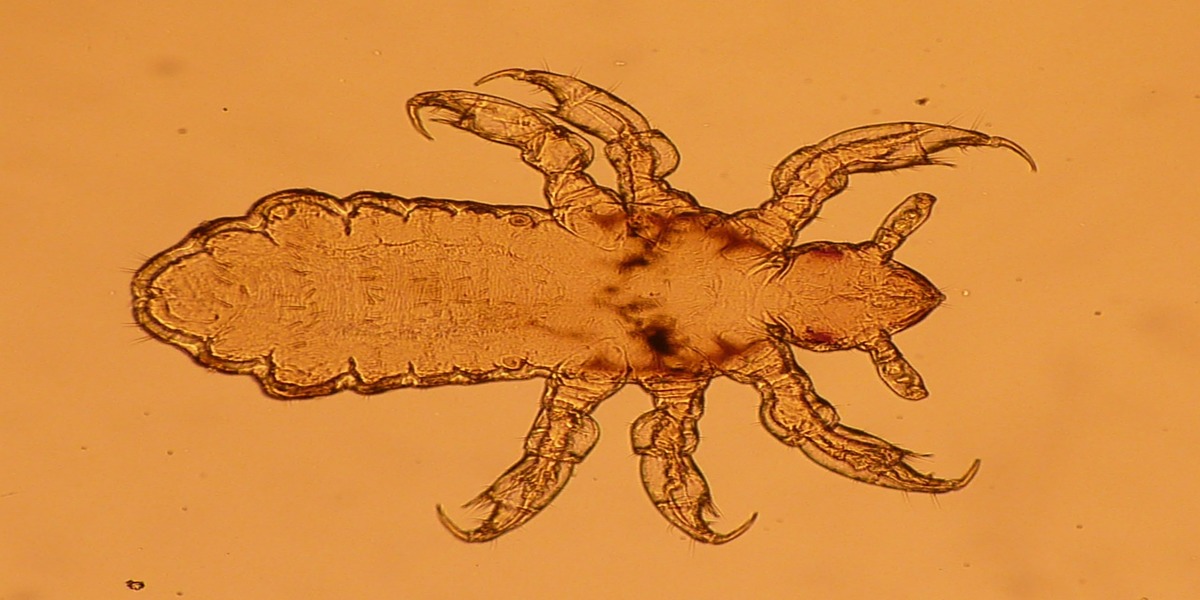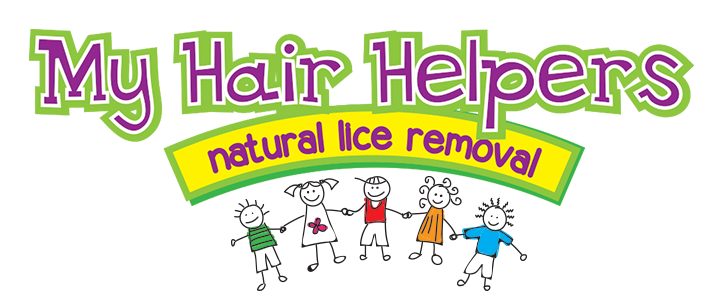Understanding the life cycle of a louse can be helpful if your child comes home from school with head lice. While lice may look and feel gross, they have nothing to do with being dirty. Lice love all types of hair – it doesn’t matter to them when it was last washed! In fact, lice tend to prefer clean hair because it’s easier for them to grab onto.
Life Cycle of a Louse
The life cycle of a head louse has three stages: egg, nymph and adult.
- Eggs. Eggs (or nits) are hard to see because they are only 0.3 to 0.8 mm and cemented to the base of the hair shaft closest to the scalp. They’re often confused with dandruff or hair spray droplets. Nits take about one week to hatch and cannot survive off a human host.
- Nymphs. When the eggs hatch, they become nymphs. The shell becomes more yellow and stays attached to the hair shaft. Nymphs mature after three molts and become adults within 7 days after hatching. While tiny, they are a bit easier to see than nits.
- Adults. Adult lice are about the size of a sesame seed. They have six legs with claws and are grayish-white in color. Females are larger than males and can lay up to 8 eggs a day! To survive, adult lice need to live on a human host. Without a food source, they’ll die within a day or two. Even on a host, lice only live for about 30 days.
Why is it Helpful to Understand a Louse’s Lifecycle?
It’s important to understand the life cycle of a louse because it can prevent panic if your child comes home from school or daycare with lice. For example, some people spend hours cleaning their home, when in reality, this is not necessary because lice can’t live off a host for very long.
Because lice do thrive on a human host, prompt treatment is critical. However, it can take up to 6 weeks for symptoms to appear, so many people have lice without realizing it. This is why wet combing is one of your best defenses. Combing through your child’s hair with a nit comb allows you to identify nits or lice early on. In some cases, wet combing is enough to stop an infestation. In other cases, you’ll need a head lice treatment.
When treating your child, it’s helpful to know that most head lice treatments kill lice but not all nits. If nits survive the first treatment, they can hatch and create a new infestation. To prevent this from happening, wet comb your child’s hair every couple of days over the next few weeks to ensure no new life cycles start. If you find a newly hatched louse, remove it with the comb. Oftentimes, a second treatment is necessary to get rid of remaining lice.
Stop the Louse Life Cycle with My Hair Helpers
My Hair Helpers has three lice salons in southern California, a mobile head lice removal service and over a dozen head lice products. Our products are made from safe, all-natural ingredients that suffocate the lice and disrupt their ability to regulate water. And, you can trust our products to be safe for all ages and skin types. And as always, if you have questions, contact us and we’ll be happy to help!


